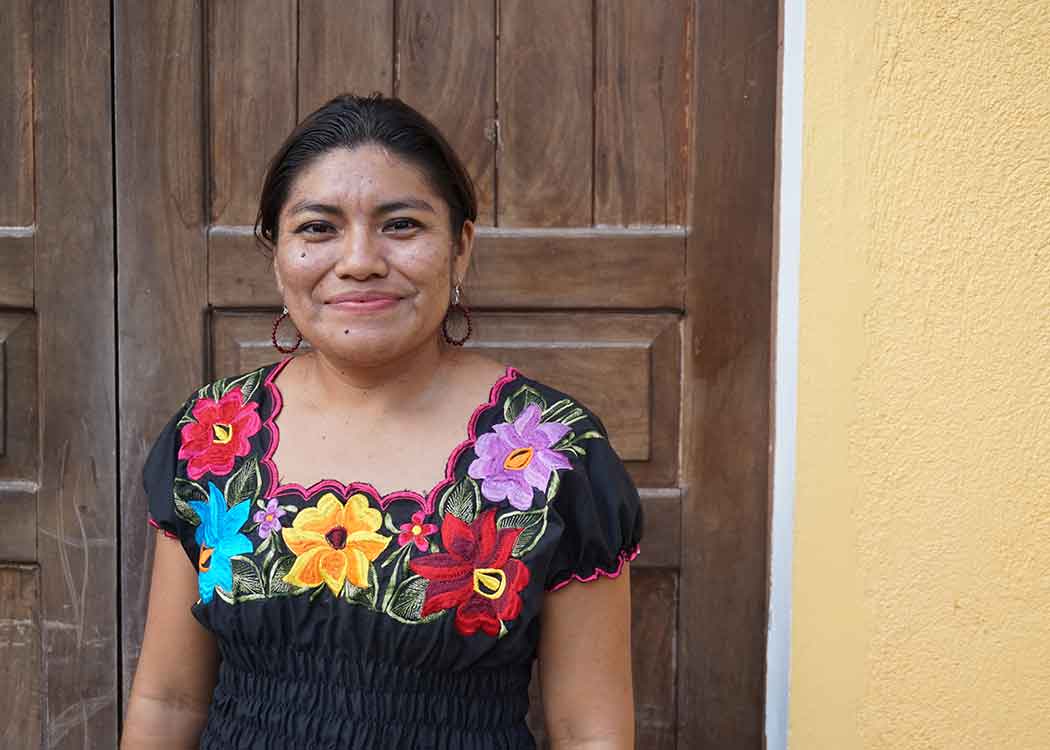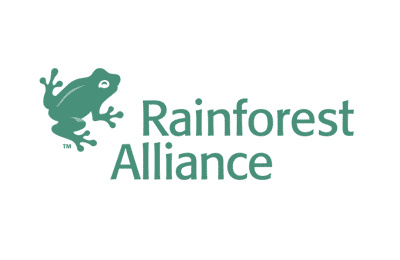Despite being located near tourist hotspots and boasting rich Mayan culture and tropical landscapes, the Zona Maya of Quintana Roo and its Mayan residents did not reap the full benefits of tourism. To foster more equitable opportunities, the Mesoamerican Reef Tourism Initiative (MARTI) supported the establishment of Mayaka’an. This new ecotourism destination takes a sustainable, community-driven approach that benefits Mayan communities and offers an alternative to mass tourism.
The Zona Maya of Quintana Roo is a gem that combines the charms of the Caribbean Sea with a living Maya culture, important archaeological sites, and the impressive biological richness of the Sian Ka’an Biosphere Reserve. Despite these treasures, tourism is underdeveloped, and small indigenous and community tourism cooperatives even saw the reserve as an obstacle to their development a la Cancun and the Riviera Maya, where millions of tourists come every year. The Zona Maya barely receives a hundred thousand tourists per year.
The idea of creating a vacation destination in Quintana Roo was born in the 1960s when the Mexican government wanted to provide new economic opportunities to the Mayan people, who were impoverished and relied mainly on forestry activities and subsistence farming. The tourism industry thrived but Mayan communities remain as the poorest in the state. While only 4.3% of the population of Solidaridad —the municipality that includes cosmopolitan Playa del Carmen— live in extreme poverty, in the Zona Maya, 25% of the population lives in extreme poverty, earning less than US$1.25 a day.
“We were indebted to the Mayan people. The tourism industry in Quintana Roo generates US$10 thousand million per year but the activity is concentrated in Cancun and the Riviera Maya. Mayan communities have been incorporated mainly as employees, waiters, and janitors. They have been the great forgotten”, says José Funes, delegate of the Ministry of Environment and Natural Resources (Spanish acronym SEMARNAT).
Our Role
To help reverse this situation, one of the most important ecotourism projects in Mexico was established in the Maya Zone: a new ecotourism destination called Mayaka’an.
Mayaka’an was created in 2014 with help from the Mesoamerican Reef Tourism Initiative (MARTI), the Asociación Amigos de Sian Ka’an (Spanish acronym ASK), Mexico’s National Commission of Natural Protected Areas (Spanish acronym CONANP) and the Ministry of Tourism, with funding from the Inter-American Development Bank (IDB). The destination benefits 14 cooperatives in nine communities of Felipe Carrillo Puerto, Muyil and Punta Allen.
“Mayaka’an was born to help organize and strengthen tourism cooperatives and to promote their services and the riches of the reserve, which are its greatest asset,” explains Gonzalo Merediz, Executive Director of ASK. The goal is to consolidate Mayaka’an as an economically profitable, sustainable and low-density destination, which will help bring social and economic development to local communities, while removing some of the pressure on Cancun and the Riviera Maya.
The organizations did a market assessment, developed the brand and the tourism circuits, published a website, created sustainability standards for the destination and trained the cooperatives that comprise Mayaka’an. They also help the cooperatives market themselves and participate in major national and international tourism fairs. Mayaka’an was promoted at fairs in Mexico City, Chiapas and Nicaragua and it went to the World Travel Market in London.
“We got calls from tour operators, including international ones, because thanks to this they learned that we exist. Mayaka’an put us on the map,” said Zendy Euan, an enthusiastic member of the Xyaat cooperative in the Señor community, which benefits 14 people and receives 250 to 300 tourists per year.
The cooperatives, some of which have been working in isolation for more than 15 years, banded together and formed the Community Tourism Network of the Maya Zone of Quintana Roo, to facilitate more joint efforts. For example, some have already managed to obtain sustainable ecotourism certification granted by the Ministry of Environment and Natural Resources.
“Thanks to working together and training, we can meet the strict requirements of hotels and tour operators,” says Román Camal, operations manager of Community Tours Sian Ka’an, one of the largest cooperatives in the area, with 12 partners and 25 workers. In 2014, they received 7,000 tourists. They are creating more attractions, including a Maya museum and a souvenir shop to enhance their tourism attraction.
Although Mayaka’an is just getting started, Merediz emphasized that it has already had a social return on its US$500 investment.
“The project is building our economy, and we believe it will get much better,” said Damian Gómez, president of the network. “The young men and women who finish high school leave the communities because there aren’t many opportunities here, but now they can stay and become entrepreneurs.”
Location

Destination: Mexico

Region: Mesoamerican Reef
Dates
2014
Program
This project was part of the MesoAmerican Reef Tourism Initiative (MARTI), a collaborative program that engaged the tourism industry in protecting the health of the Mesoamerican Reef while generating community benefits. Sustainable Travel International was a founding partner of MARTI and the initiative’s secretariat.



News & Stories
Protect the Places You Love
Help conserve our planet’s most vulnerable destinations and empower the people who live there.










